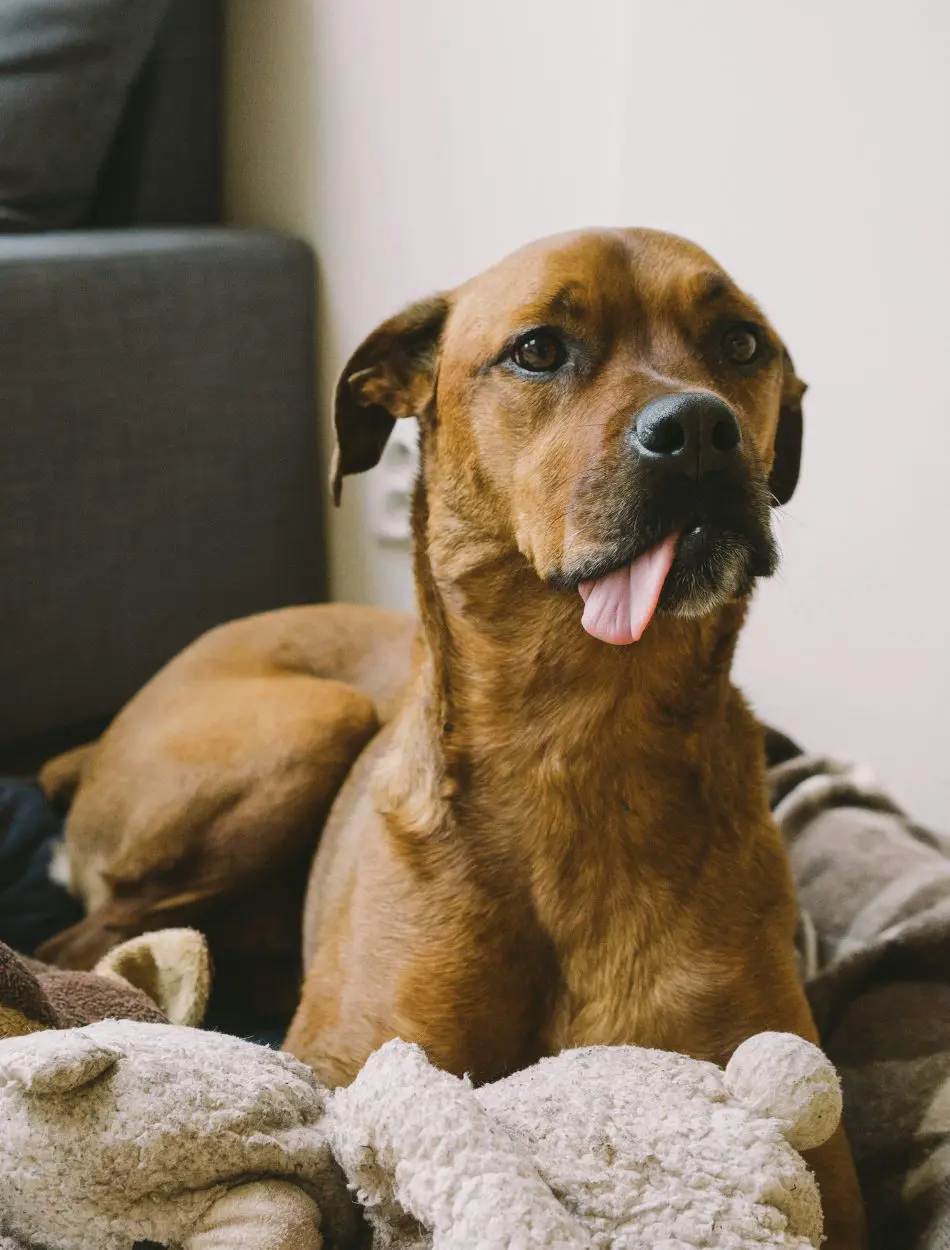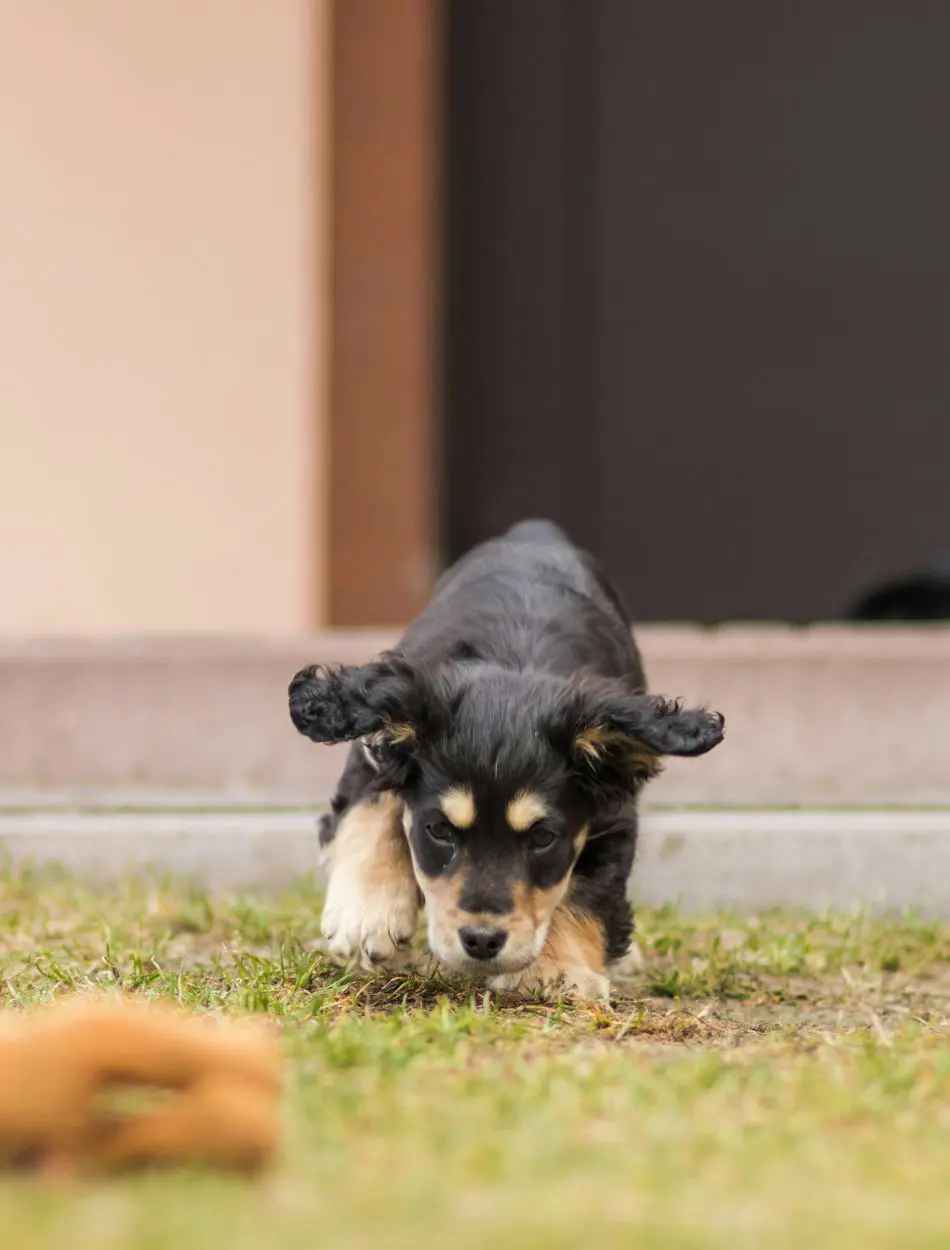Do Dogs Get Cold Like Humans?

Dogs can get cold just like any other human being and although the fur is good insulation, they most certainly will feel cold if they are of short coats or are smaller breeds. Like humans, canines have varying cold tolerances depending on breeds and ages among others.
Cold exposure in dogs can run from simple discomfort to hypothermia and frostbite. Pups look towards owners for cues regarding when it is too cold and what precautions should be taken.
How Cold Is Too Cold For Them To Be Outside?
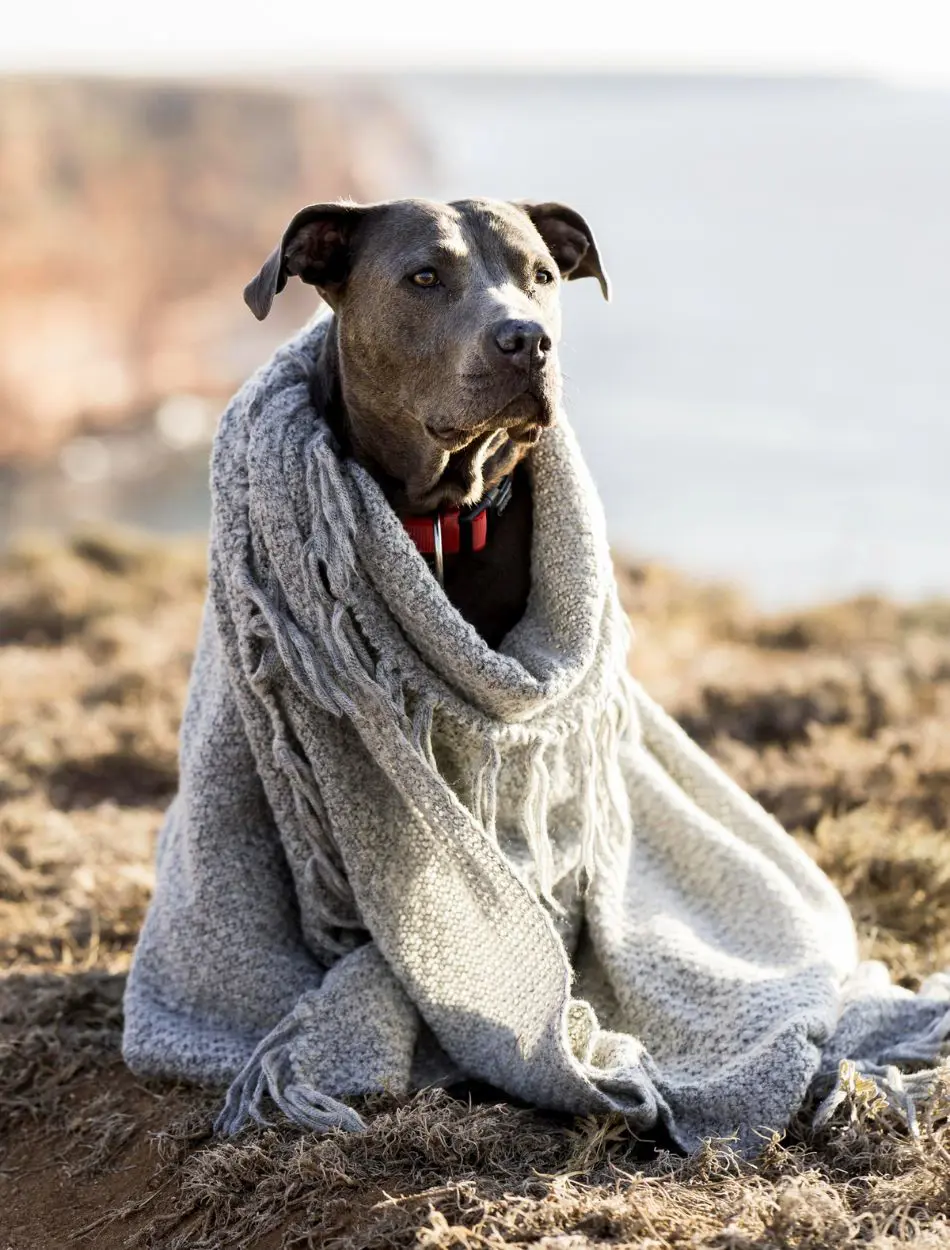
Their general temperature becomes uncomfortable depending on breed, size, and health. Temperatures below 45° F (7° C) start to become uncomfortable for most dogs.
Smaller pups and thin-coated hounds are more sensitive to the cold, therefore, taking them outside in cold weather should be minimal. Monitor the temperature, wind chill, and humidity before letting your fur baby outdoors.
The longer your dog is outside in cold temperatures, the higher the risk that they will get frostbite and hypothermia. Always exercise extreme caution when cold snaps are in effect, and make outdoor time as minimal as possible if it must occur.
Dogs Coat Type Effect On Cold Tolerance
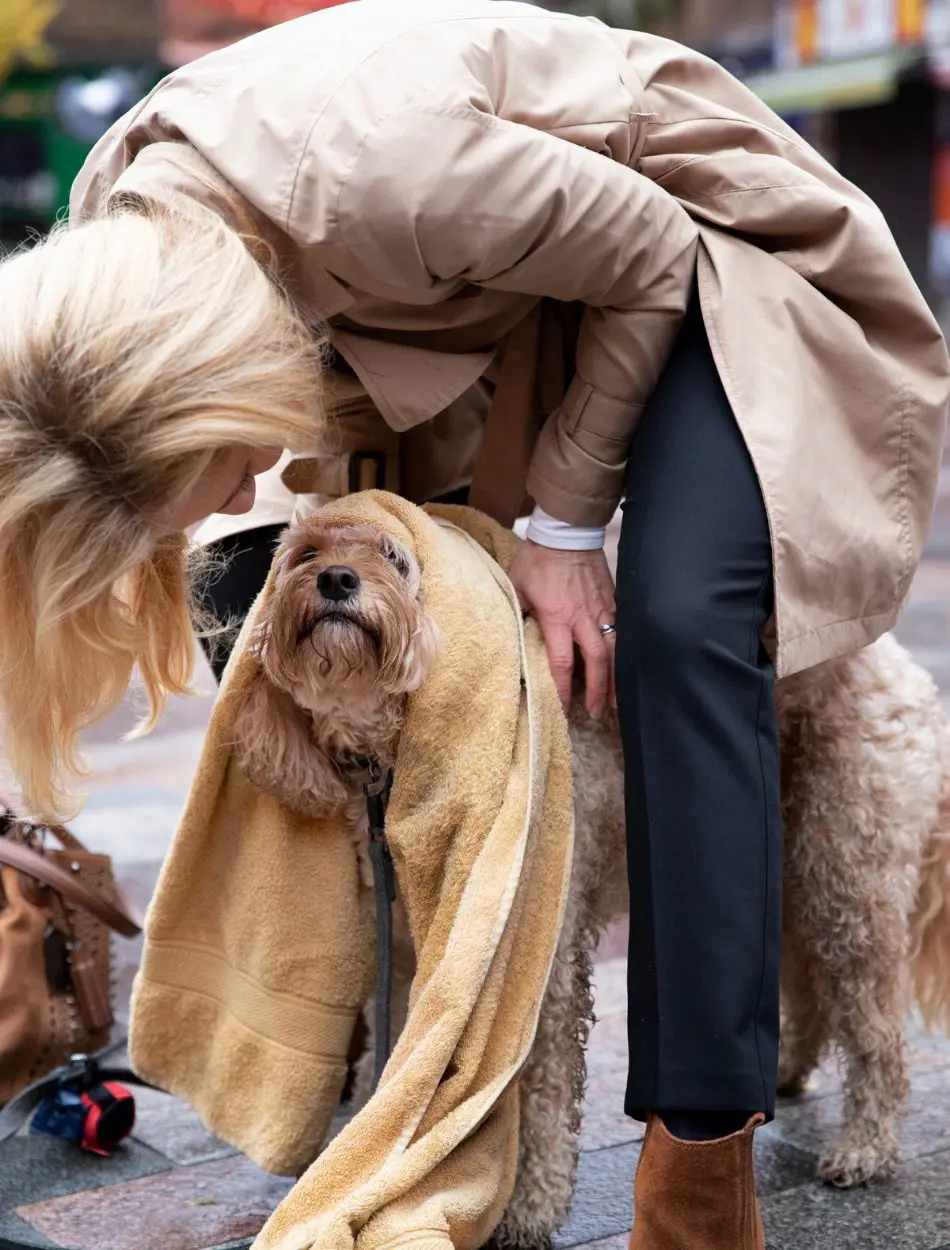
One of the most influential variables when determining an animal's ability to handle cold revolves around their coat type. Due to differences in thickness, texture, and length across breeds, there can be varied levels of natural insulation.
Understanding what kind of coat your dog has will help you be prepared to keep them warm and comfortable in conditions with cold temperatures.
Double-Coated Breeds
Breeds such as Huskies, Malamutes, and Samoyeds have double coats and are genetically designed to be resistant to cold. The undercoat provides insulation, whereas the top coat is a protective screen against moisture and harsh weather conditions.
Such dogs can be outdoors on very cold days with no feelings of discomfort and can also be outdoors for longer periods than the other breeds. However, it does not imply that even for them, there are no limits and extreme cold calls for certain precautions.
Short-Coated Dogs
Such breeds of dogs, especially Greyhounds, Chihuahuas, and Dalmatians with a thin coat or short coat, will easily catch a cold. Since their body will not be covered by a double layer of fur, they lose their body heat alarmingly.
During a state of cold weather conditions, these dogs must be fitted with covers for sweaters and coats to help them balance their body temperature. If they are exposed to intense cold conditions over a long period, it will ultimately be a terrible experience, and there is also a high risk of hypothermia.
Single-Coated Breeds
Single-coated breeds, like Boxers and Weimaraners, also have problems maintaining their heat during cold weather. Not having this second layer of protection provided by an undercoat, these dogs need more care during cold seasons.
Their fur cannot provide such insulation, so sweaters, jackets, and limited exposure to the outdoors are advisable. These dogs will be much better off in warmer climates but can adjust with proper attention.
Wiry-Coated Breeds
Wiry-coated breeds, such as Terriers, have a coat that offers them moderate protection against the cold. While wiry fur may provide some warmth for them, they are vulnerable when it gets very cold.
In those very low temperatures, extra layers, like sweaters or jackets, could be added to these breeds. The wiry texture helps to repel moisture but does not have the insulating properties of a thick undercoat.
Curly-Coated Breeds
Curly-coated breeds, such as Poodles and Portuguese Water Dogs, may afford some insulation value given the density of their fur. Because the curly coat traps heat, it aids in keeping them warm during moderate cold conditions.
In the extreme cold, though, these dogs may need supplemental warmth, particularly if they have just been groomed. Curly coats can retain moisture, too, so a good drying off after rain or snow exposure is also important.
Coat Color Influence On Cold Resistance
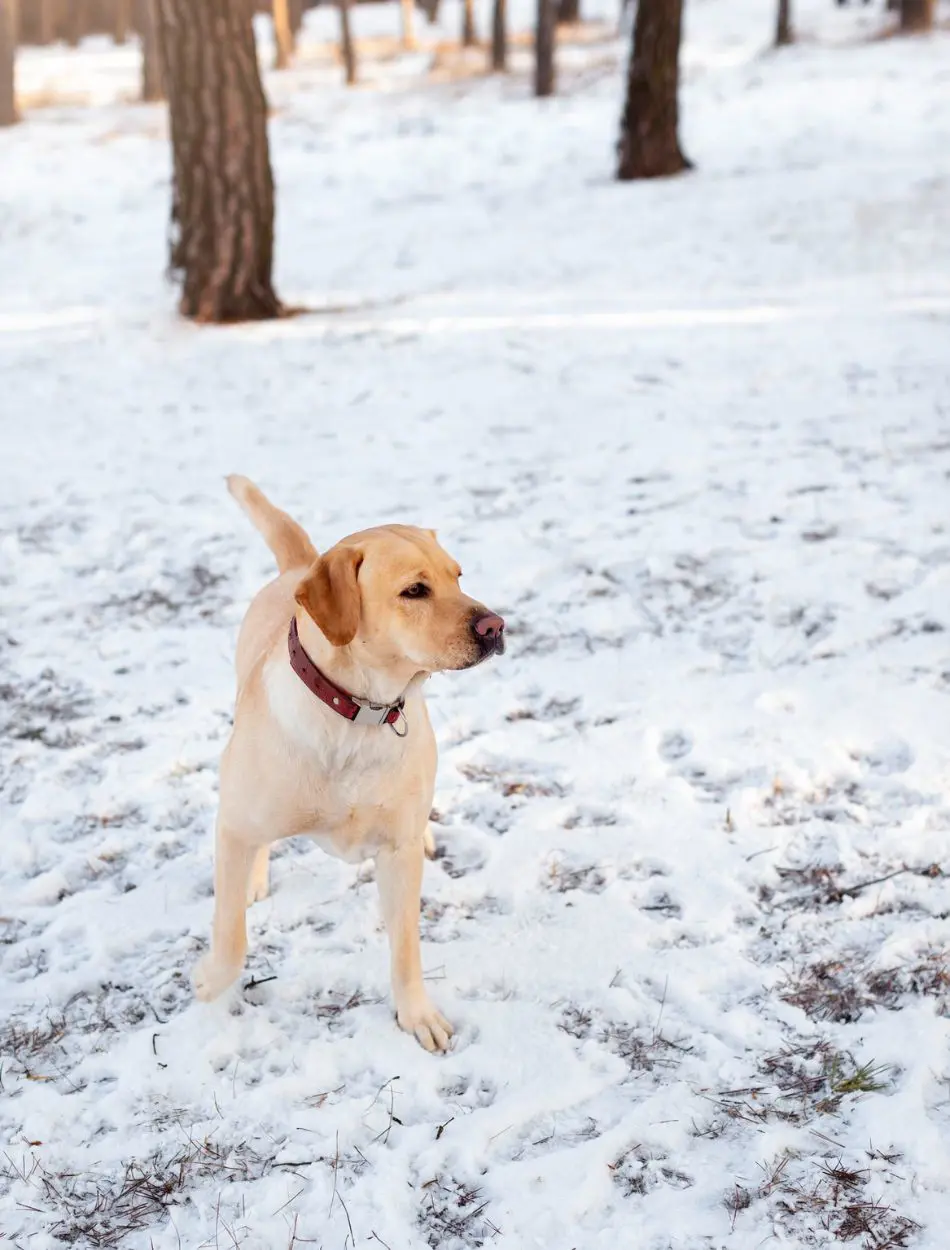
The color of your dog's coat can also give you an idea as to how much heat they would be taking in, especially on a bright and sunny day. Dark colors, like black and brown, absorb the most sunlight, which means that your canine will remain warm for much longer.
While coat color does not play a single role in how long your dog can stay out, it contributes to how they are going to feel the cold. Keep that in mind at all times but most especially on those days when it is colder but still sunny.
Dog Size Impact Cold Resistance
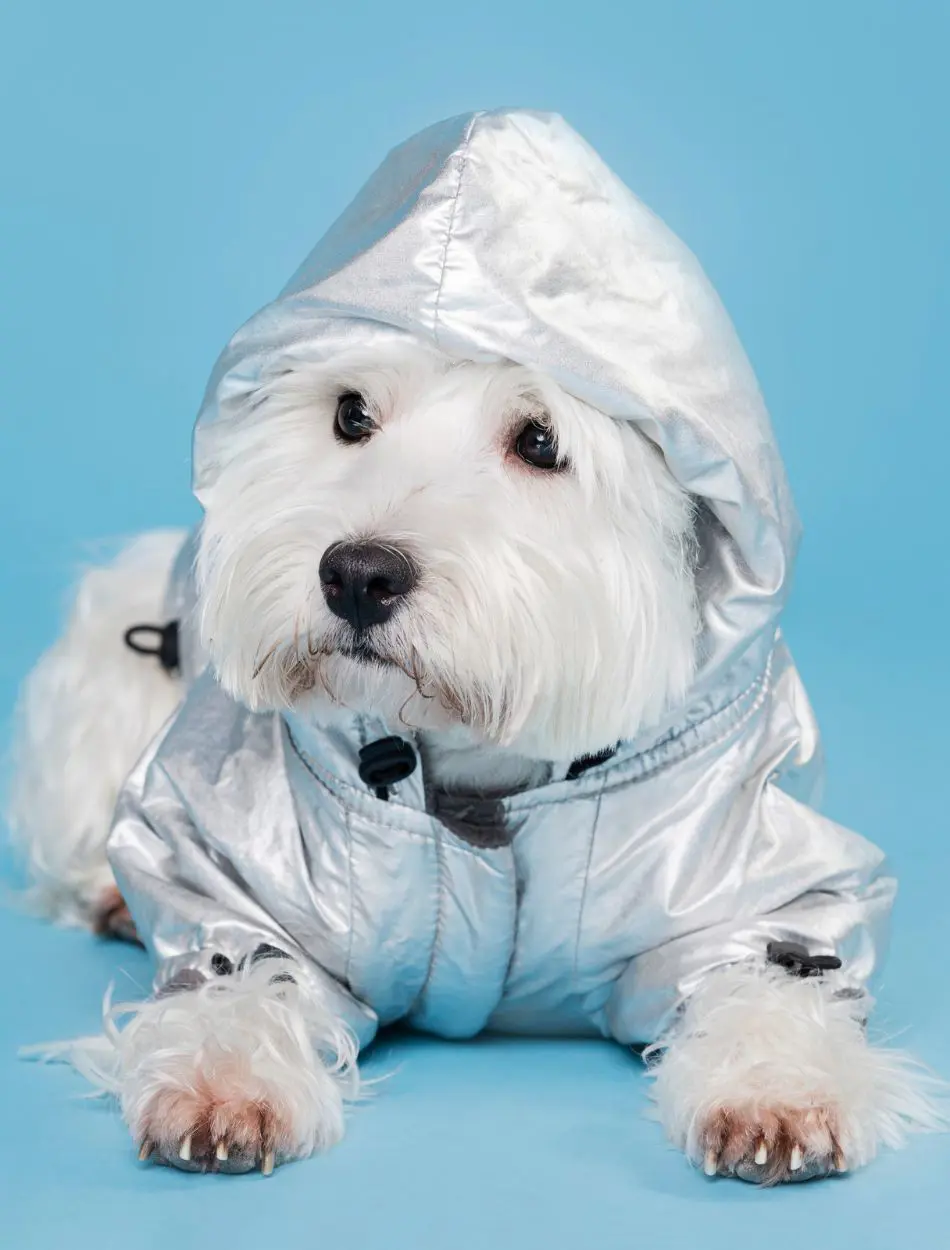
Smaller breeds of dogs tend to get cold sooner compared to other larger breeds of hounds. This is because heat is easily lost from a small body as compared to bigger ones, hence, these dogs are cold-sensitive.
Larger hounds have bigger bodies, which helps in retaining the temperature for a longer time. This is the reason why the larger breeds can put up with cold conditions as compared to their smaller cousins.
In the past, cold conditions became uncomfortably noisy or dangerous for every canine regardless of how big or small they may be. If you have a small dog, then you need to be even more cautious when it is cold outside, allowing them out in very short periods, so they do not catch cold.
What Role Does Canine Weight Play During Cold?
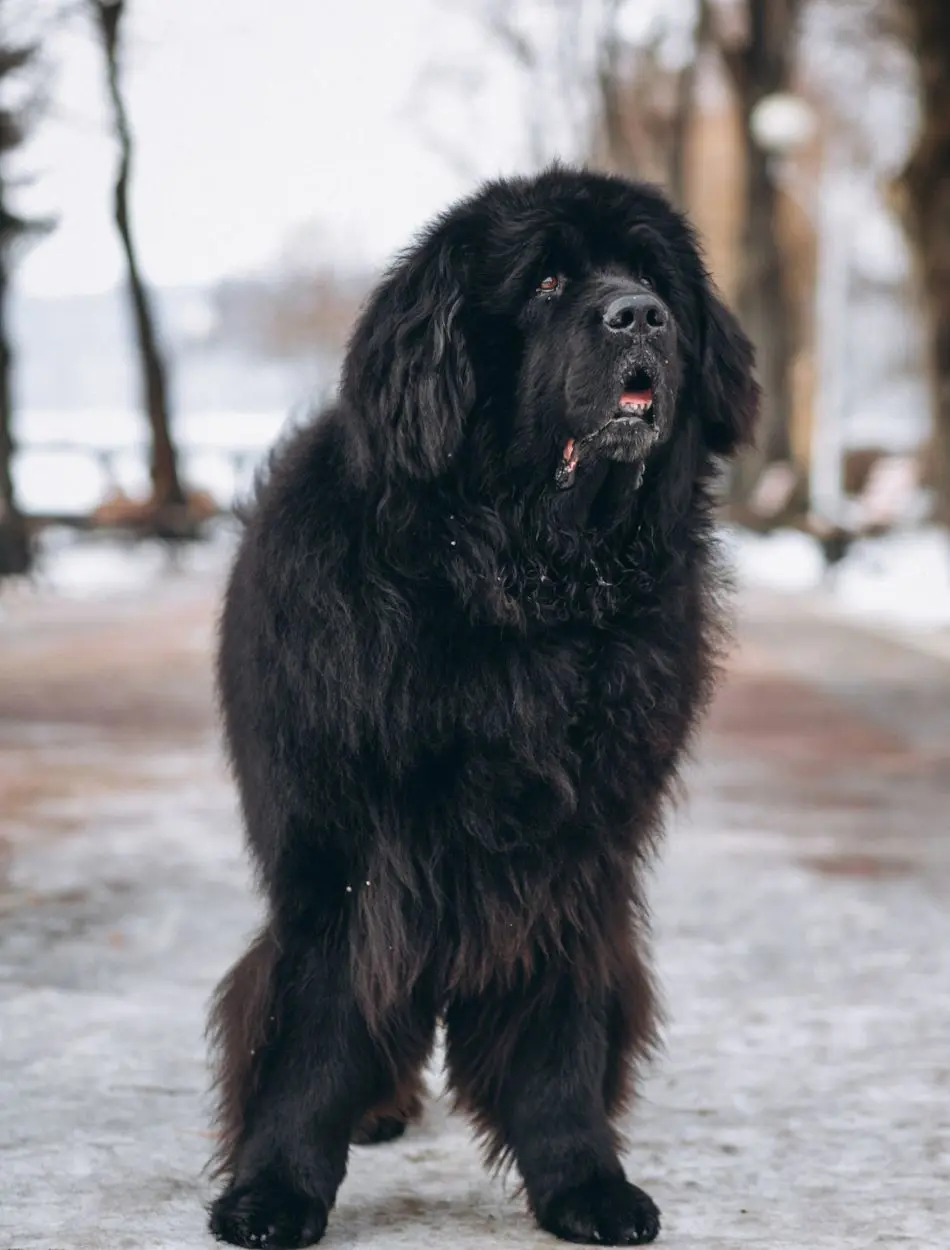
Weight is another factor that comes into play with how well a dog will be able to tolerate the cold. Canines that have a good layer of body fat in their systems will, of course, stay warm longer because fat acts much like an insulator.
But again, this does not mean that you must allow your dog to gain extra weight just to fight the cold. An overweight hound then is more prone to health issues, and a body with excess fat doesn't offer better cold tolerance either.
The best thing you can do to keep your dog healthy and comfortable in cold weather is to manage their weight at a healthy level through a proper diet.
Dog Age And Cold Weather
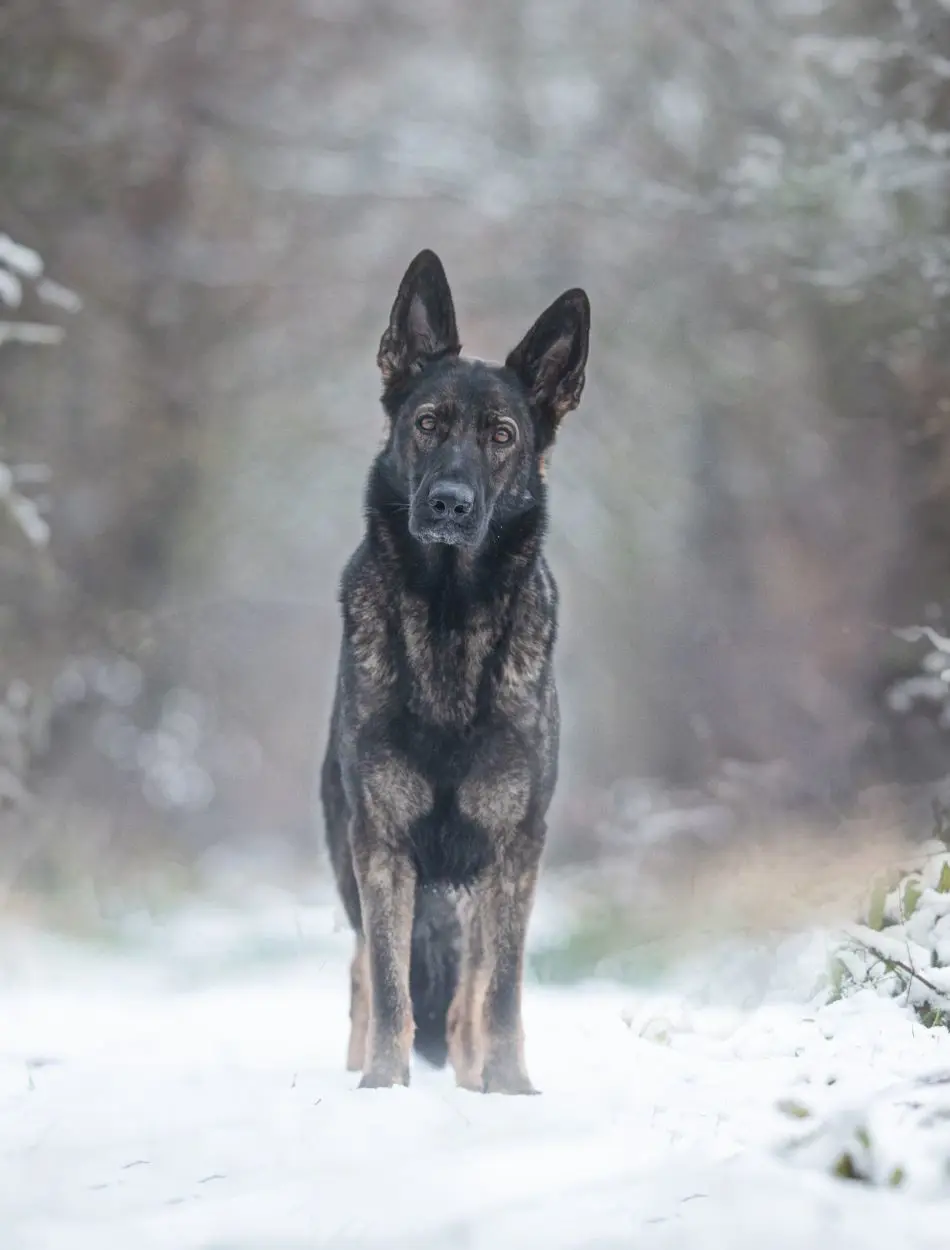
With lowering temperature, aged and sickly dogs become more sensitive to cold. For instance, arthritis is an inflammatory and painful disease of the joints which could get worse during cold weather and, therefore makes locomotion painfully hard for your canine. They are prone to colds faster because of their petite size and not-so-efficient fur coats.
Lessen the exposure time of your geriatric or sickly canine, and provide them with a heat supplement source. If you are apprehensive about how a cold season may affect your dog's overall health condition, you can consult this with your veterinarian.
How Do Dogs Perceive Cold Temperatures?
It may be simple for humans to evaluate the cold based simply on the temperature outside, but this number on a thermometer is just one of the many factors that influence how cold it will feel.
Other major factors that impact canine perception and tolerance to cold include dampness, wind, and cloud cover. Wet fur loses its insulating capabilities, which allows the chill to penetrate deeper into the body, and overcast skies rob dogs of the sun's warming rays, thus making them more susceptible to the elements.
Knowing how these environmental variables impact your dog's ability to stay warm will lead to better care during cold-weather months and ensure comfort and safety in a variety of winter conditions with your pet.
Dampness Sensitivity
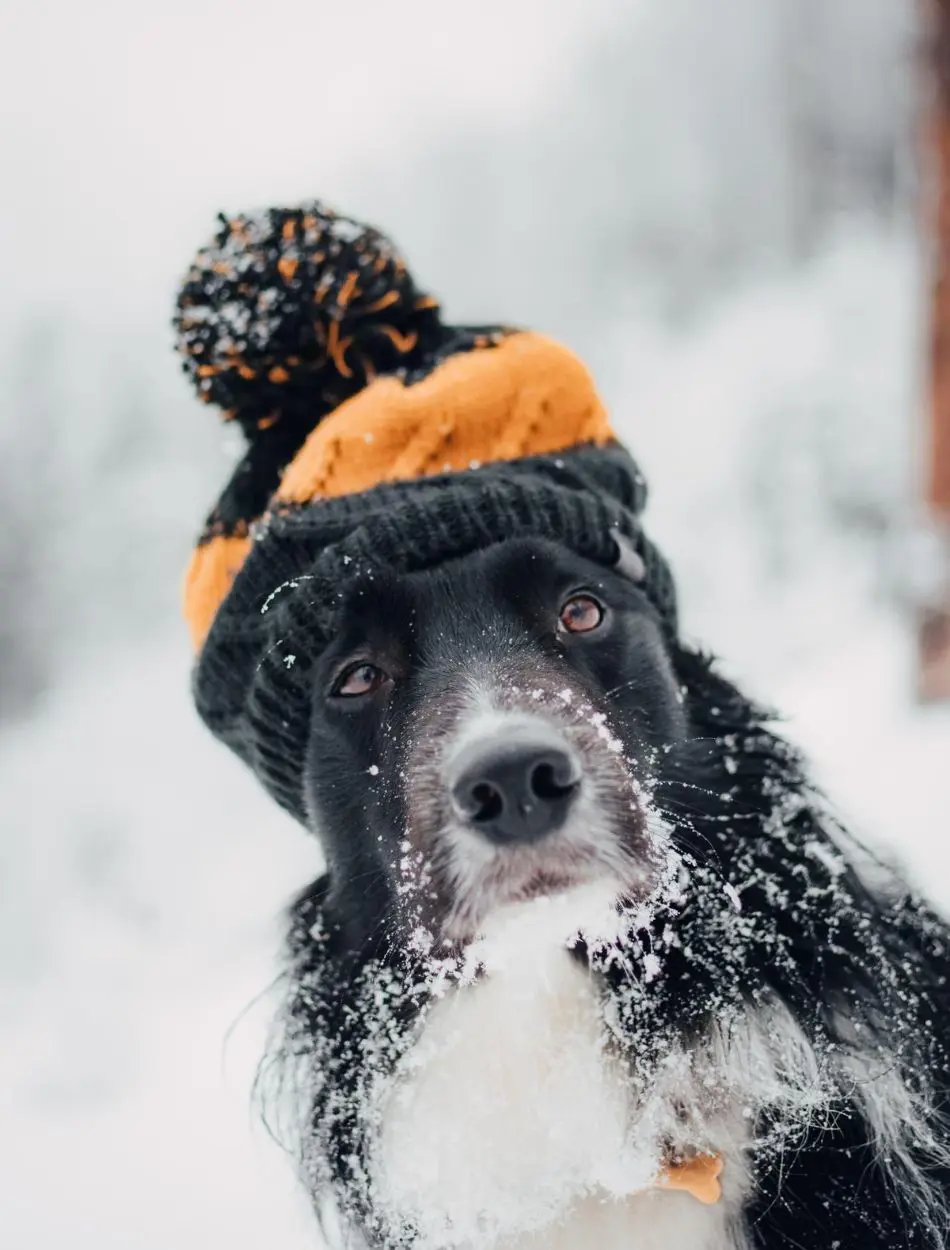
Rain, snow, and dew add much dampness to your dog's fur and can make them much colder than if the weather had been completely dry. Wet fur no longer protects them, and cold reaches their skin much easier.
If your dog gets wet, take the time to dry them off immediately and get them inside where it's warm. Never send your dog out into the cold until they are thoroughly dry.
Cloud Cover

Another determining factor of how cold your dog will perceive is the cloud cover. In the winter, when there is sun, it helps to warm your dog even though the air temperature might be low.
In such a case, if it is cloudy, there is no sunlight, thus, the full effect of the cold is felt by your dog. If overcast weather describes the weather conditions around your area, you need to be more protective of how long your canine is outside. That reduces his ability to stay warm with sunlight.
Wind Chill
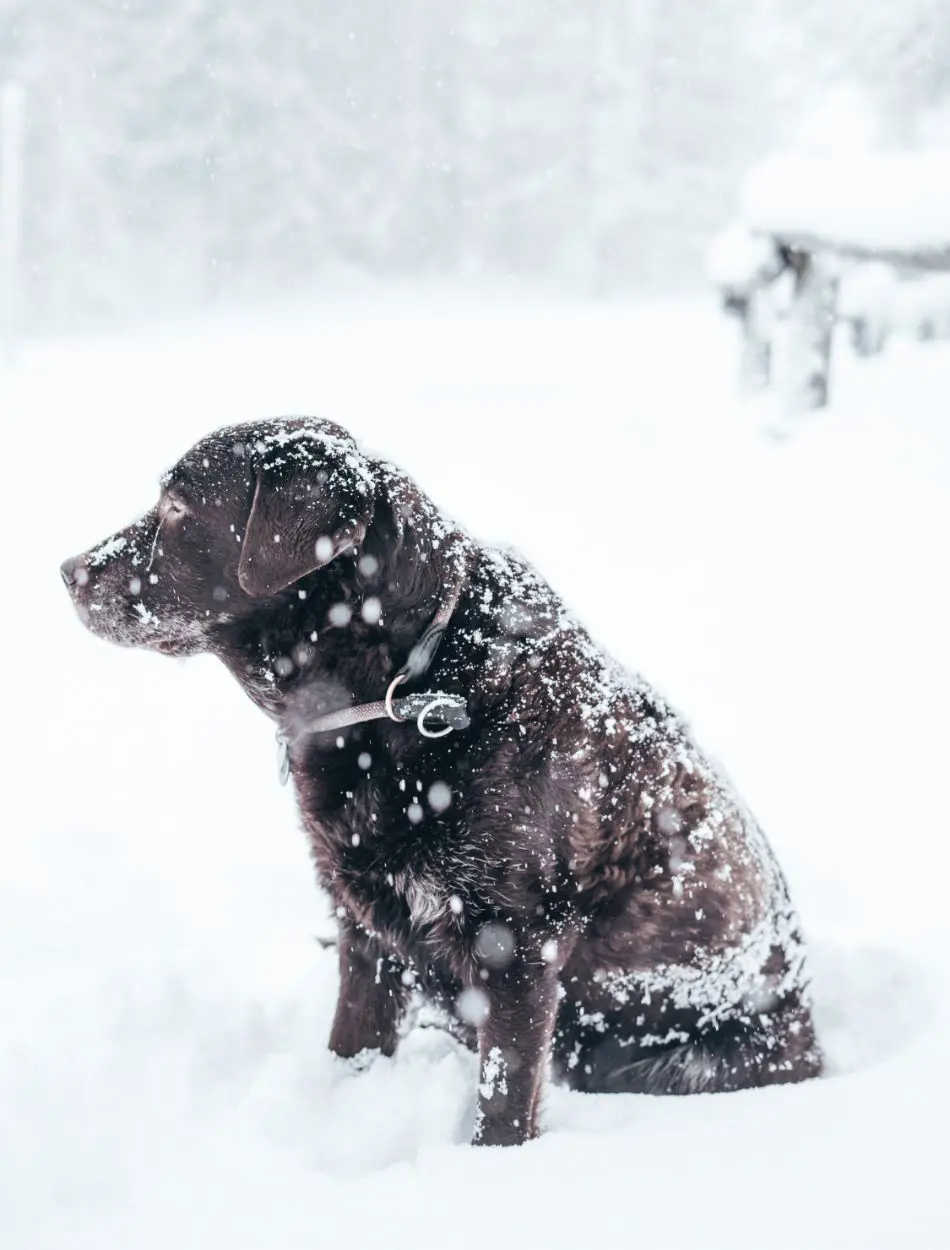
Wind chills can make the mercury seem much lower than it is. As it is with people, dogs do feel the wind, which can easily pass through the fur to lower the body's temperature. Checking on any wind chill is another way to decide if it is too cold for your dog.
Wind can create conditions where it isn't safe for one to be outdoors on days when the temperature alone would normally be acceptable. Always look at the wind factor before taking a walk or letting your dog play outdoors.
How Cold Is Too Cold For A Walk?

The comfort level of taking your dog for a walk depends on the temperature and your canine's cold tolerance. Generally speaking, anything over 45°F -7°C- will not be harmful for any pooch to go on a walk. When the temperature goes down below 32°F -0°C-, one should take the dog for a short walk, especially if it is a little one or if it has thin hair.
If the temperature keeps dropping below this, it is best that you let thick fur dogs out, but you monitor the signs of discomfort. If your dog shivers or lifts his paws, then he is ready to go in. You must always take wind chill and dampness into consideration because these will account for an even colder feeling for them.
What Are the Signs Your Canine Is Cold?

Acting Anxiously
If he's slowing down on walks or during play, he might be cold. A cautious gait or frequent stops may indicate he can't maintain his body heat. Many dogs, in concert with slowed movement, become nervous or restless, pacing around to keep warm.
These are pretty surefire signs your dog is cold and should be taken inside to warm up.
Shivering
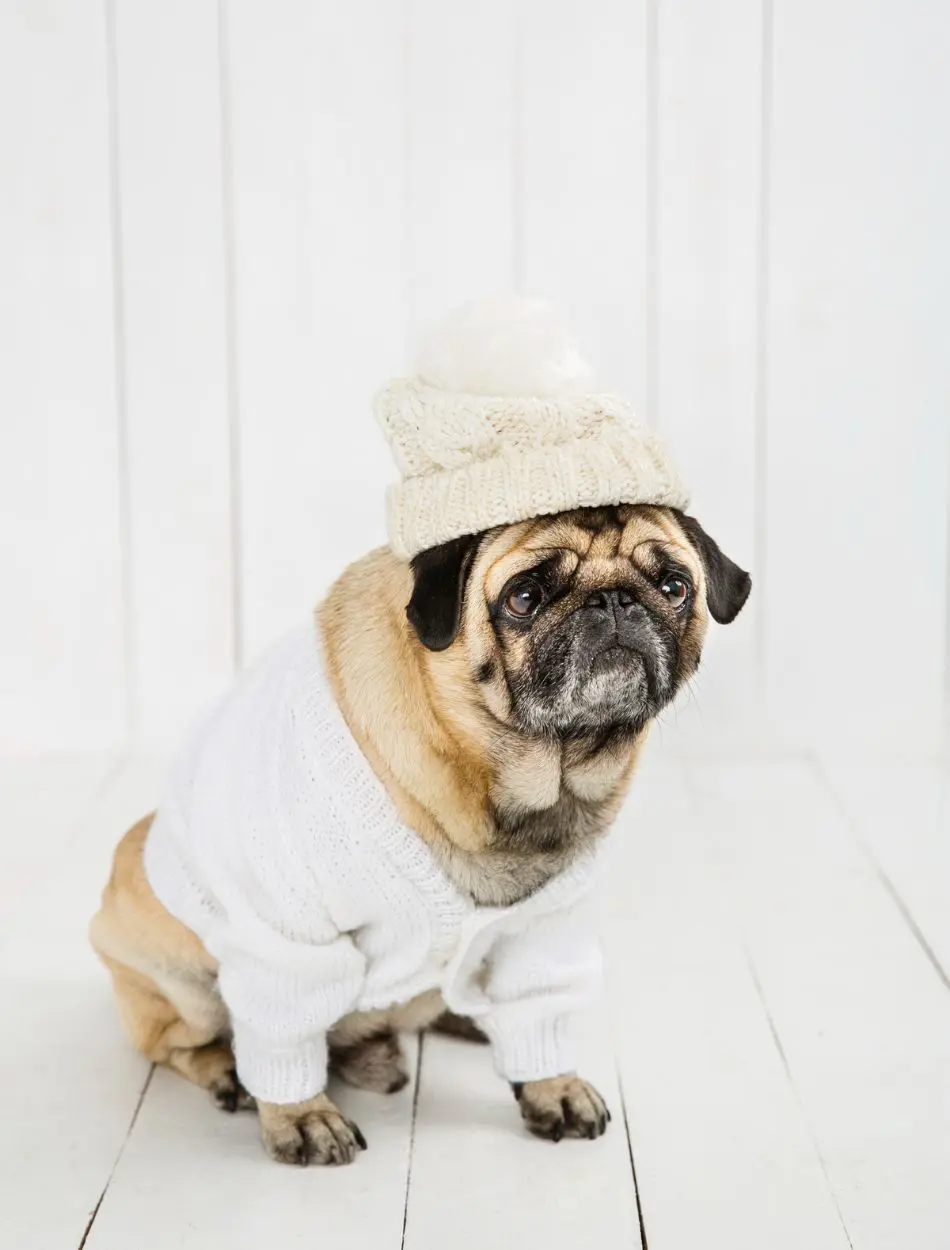
When dogs shiver, it's obvious that they are cold, their bodies shiver as a reaction to raise their body temperature because all the muscles are contracting in fast succession. This natural reflex of their body warms them up, but if it continues for more time, it means they cannot be able to hold their body temperature.
If you notice that your dog is continuously shivering, then it is an appropriate time to look for measures to warm up your dog. Prolonged exposure to cold will introduce more critical conditions such as hypothermia; hence, the need for a timely response.
Paw Lifting Or Raising
If your dog begins to raise their paws off the cold ground, this is a sign that they are in some discomfort from the cold surfaces. This mostly happens in conditions of snow, ice, or extremely cold weather where their dog's paw pads become too cold or even painful.
They often pick up one paw at a time and hold it off the freezing ground as long as possible to minimize contact. If you notice this, it's a good idea to bring them in a bit sooner or put booties on to protect their paws from the cold.
Hunched Posture
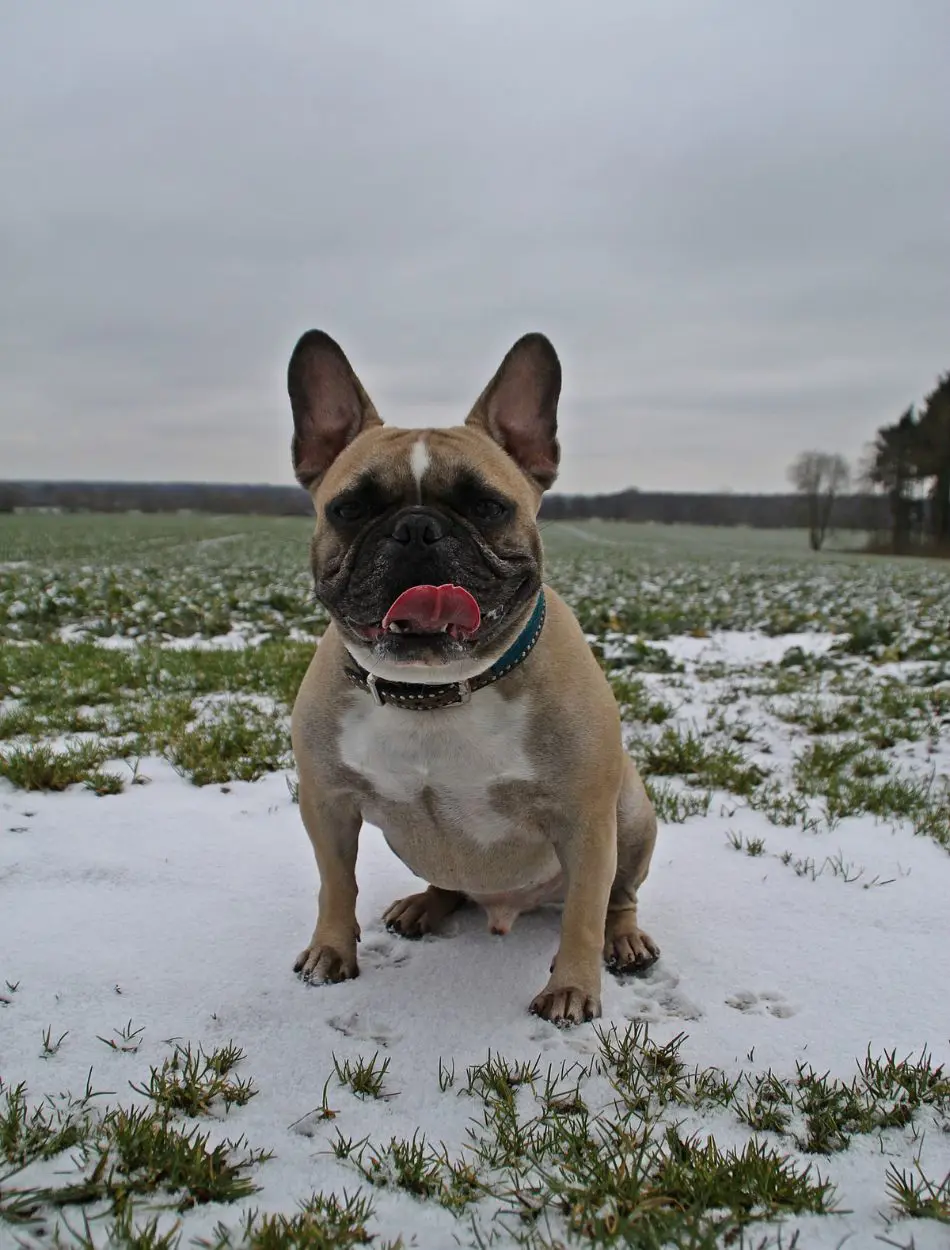
Other indicators that your dog is cold include a hunched posture. Dogs try to reduce the loss of body heat by curling their back and tucking their tail in as close to the body as possible.
This reduces the surface area exposed to cold air. If you notice this, that means your dog is cold and needs some extra layers or indoor time to recover from the chill.
Barking Or Whining
Barking or whining is another way dogs will show that they are not comfortable in the cold. These peculiar sounds are made by them to convey to the owner that they are in distress and need help.
If this keeps on happening whenever they are taken out in cold temperatures, then one needs to take due notice. They may simply be trying to say they have to go inside, or they need more heat to be comfortable.
Hot Spots

When your dog is still searching for warmer places by lying near the heaters or burrowing under blankets, that is a surefire sign that they want to get away from the cold. This is just a sign of them wanting to be cold and looking for something to snuggle up with to get warm.
Let them have indoor spots in your home that are cozy and warm enough so that they can retain their body temperature and comfort level.
Prevention For Dogs From Getting Cold
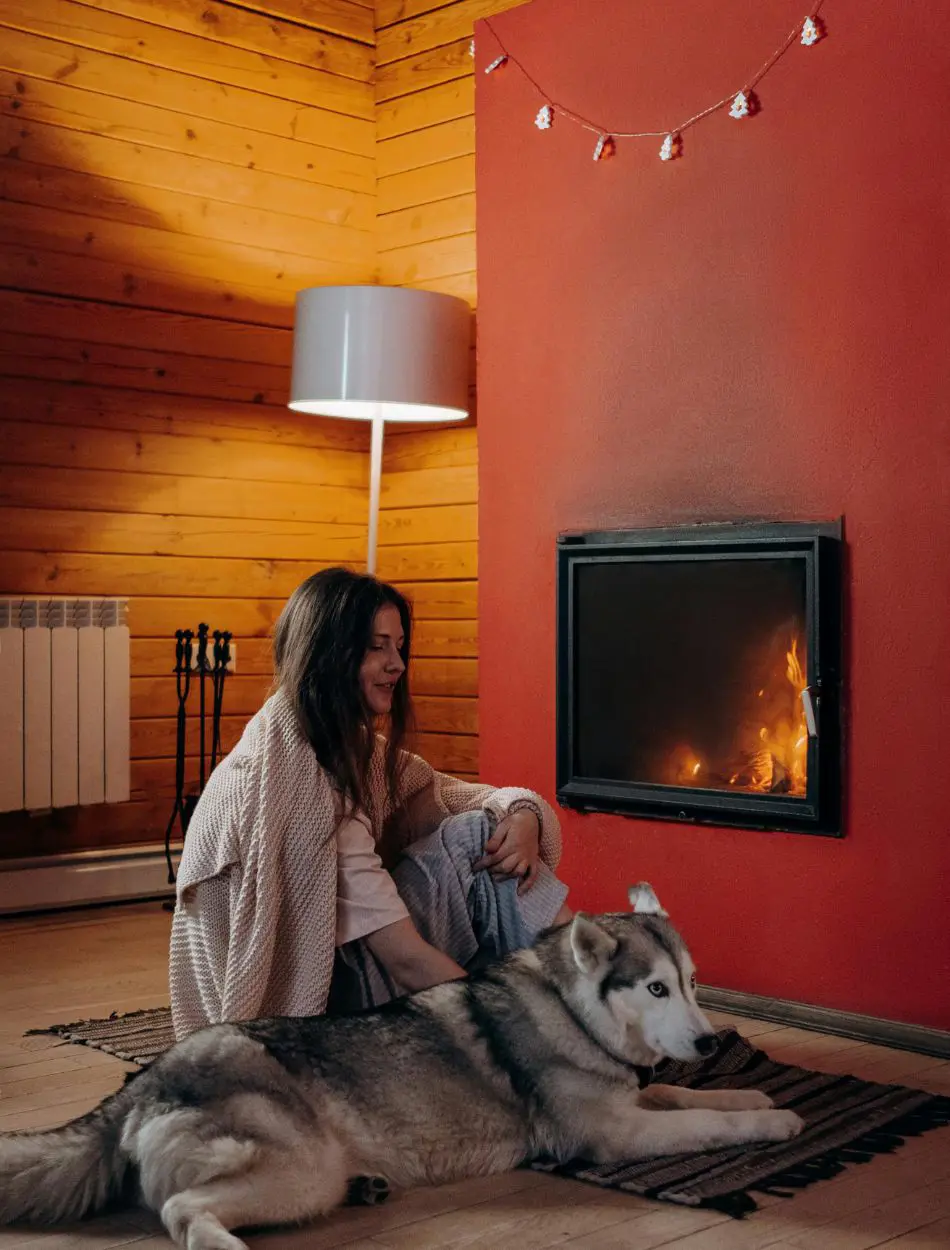
Keeping your canine companion warm during inclement weather doesn't simply mean putting some clothes on them. This is to say it includes a place to lie down and sleep inside where there are no drafts. But outside in the snow, sleet, or rain, be sure you take the time to dry them thoroughly while keeping an eye on their paws in case there is a build-up of either ice or salt as they can irritate them.
You can also offer them additional bedding or a heated pet bed so they can stay more comfortable. You can keep your dog active indoors with lots of toys and games that will not only keep your dog warm but also burn up some of that boundless energy when it is too cold to venture outside.
When Is It Time To Call A Veterinarian?
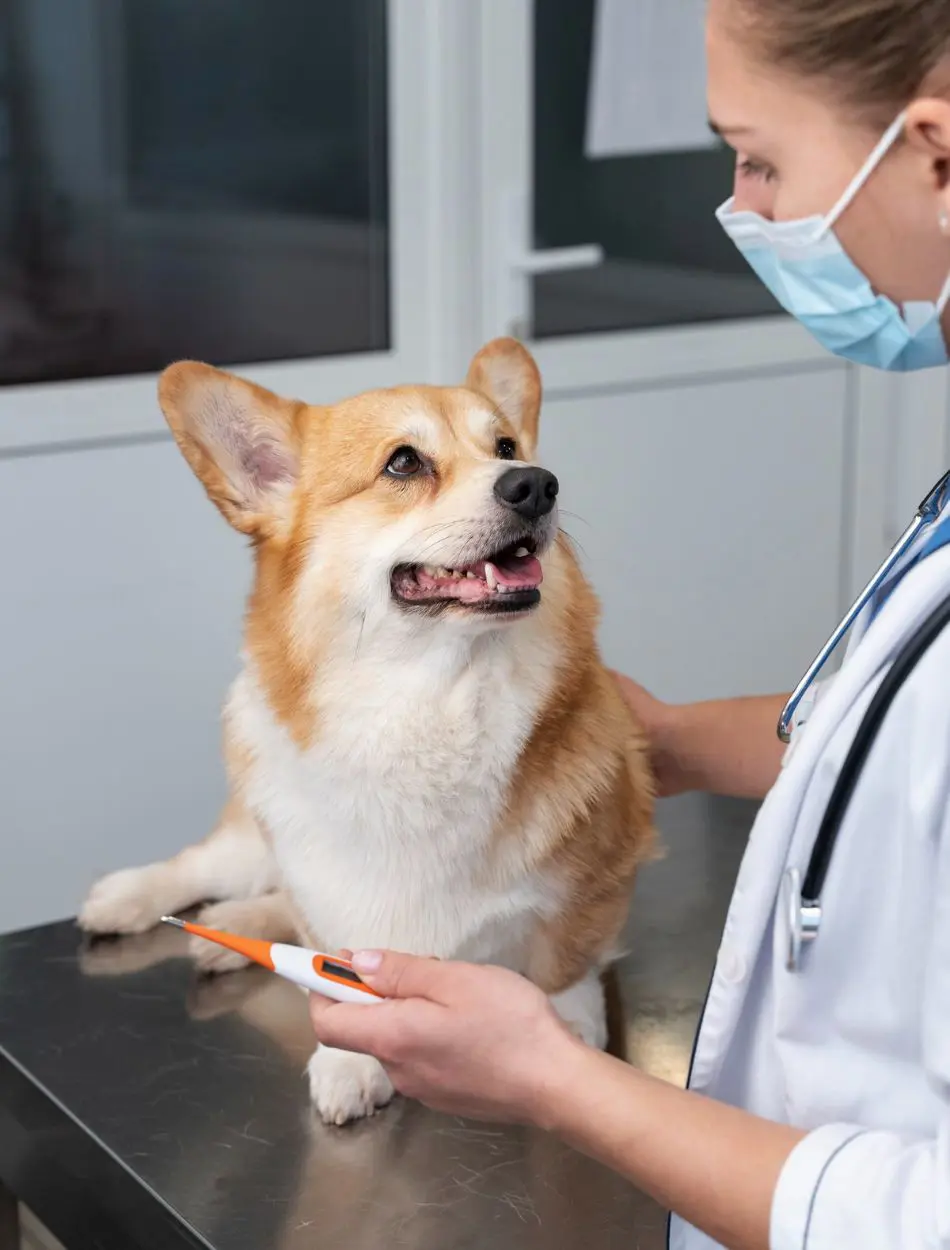
If your dog is showing extreme stress in the cold, and exhibits hypothermia, or frostbite, it is time to seek attention from a veterinarian. Signs of hypothermia include shivering, lethargy, weak pulse, and difficulty breathing. Frostbite often appears as skin that has discoloration or has hardened, commonly on paws, ears, and the tail.
If you think your dog has been out in dangerous colds for too long, it is always better to err on the side of caution and speak with a medical professional. A veterinarian can determine just how serious your dog's condition is and advise on the best course of treatment and preventative care. If your dog seems very sick, don't wait.
Recent posts
Dogs
Why Do Dogs Pee in the House? 10 Causes And Solutions
Uncontrolled peeing inside the house is usually perceived as a sign of a poorly-disciplined dog. However, it may not always be true as the canine could be suffering from a medical issue or cognitive decline. And, getting made is not the solution as y...
Dog Sleeping Positions And Their Meanings
The diverse sleeping dog positions of our furry companions unveil a fascinating tapestry of behaviors and emotions in the canine realm. From the classic Curler to the enigmatic Superman, each posture conveys a unique message about a dog's well-being ...
Dog In Heat: When It Happens And How Long Does It Last
A female dog will get to the phase of reproduction known as the heat cycle if she has not been spayed. If you have an unspayed female dog, it's vital to understand the stages of her heat cycle. During heat, a canine's conduct may additionally c...
15 Causes of Dog Losing Hair
Occasional hair loss and shedding is a natural physical process in dogs. Seasonal shedding helps remove dead and excessive hair from their body. But, when a dog starts losing excessive hair, it can be a terrifying sight for pet owners. Often, dog par...
18 Signs A Dog is Dying
Recognizing the signs that a dog is dying can be heartbreaking, but it's far more essential to offer comfort in their final days. The signs consist of changes in behavior and constant hunger indicating that it may be time to say good-bye. Owners who...
15 Reasons Why Dogs Eat Poop And How To Stop It
Dogs sometimes engage in odd and unhealthy behaviors, along with ingesting their poop or that of different animals. This habit may be concerning and disgusting for any pup owners. This habit has many motives, however, the secret is locating eff...


